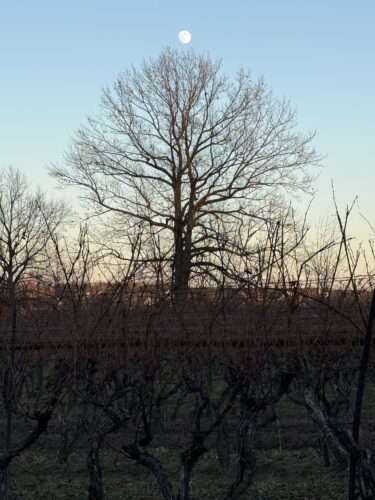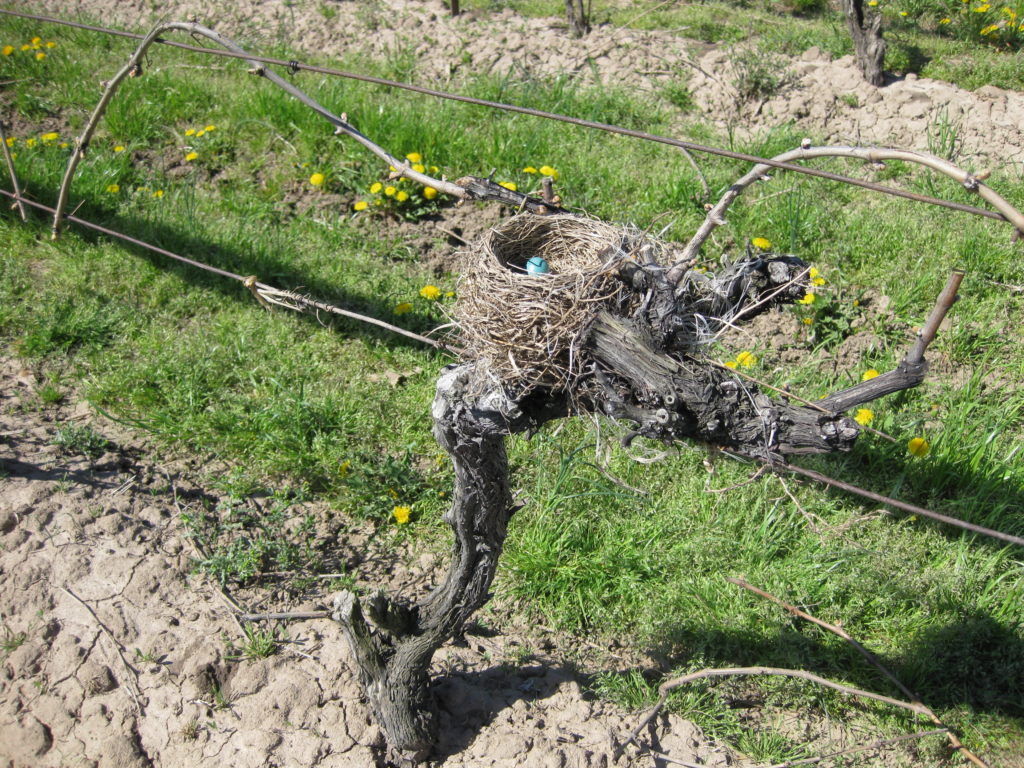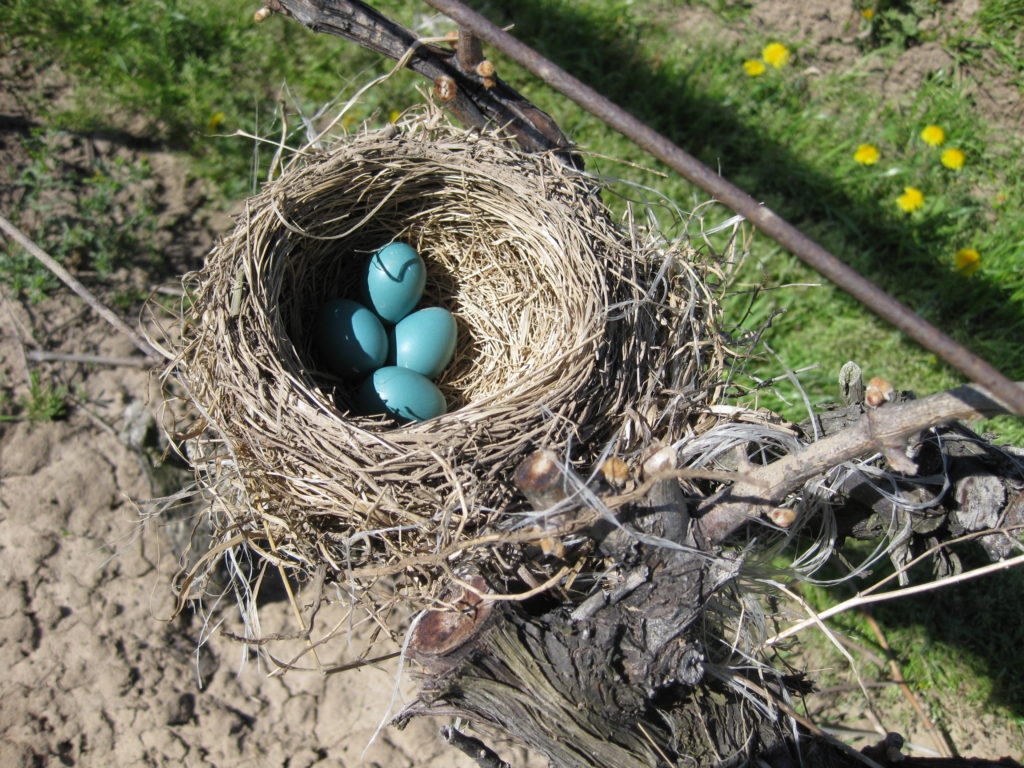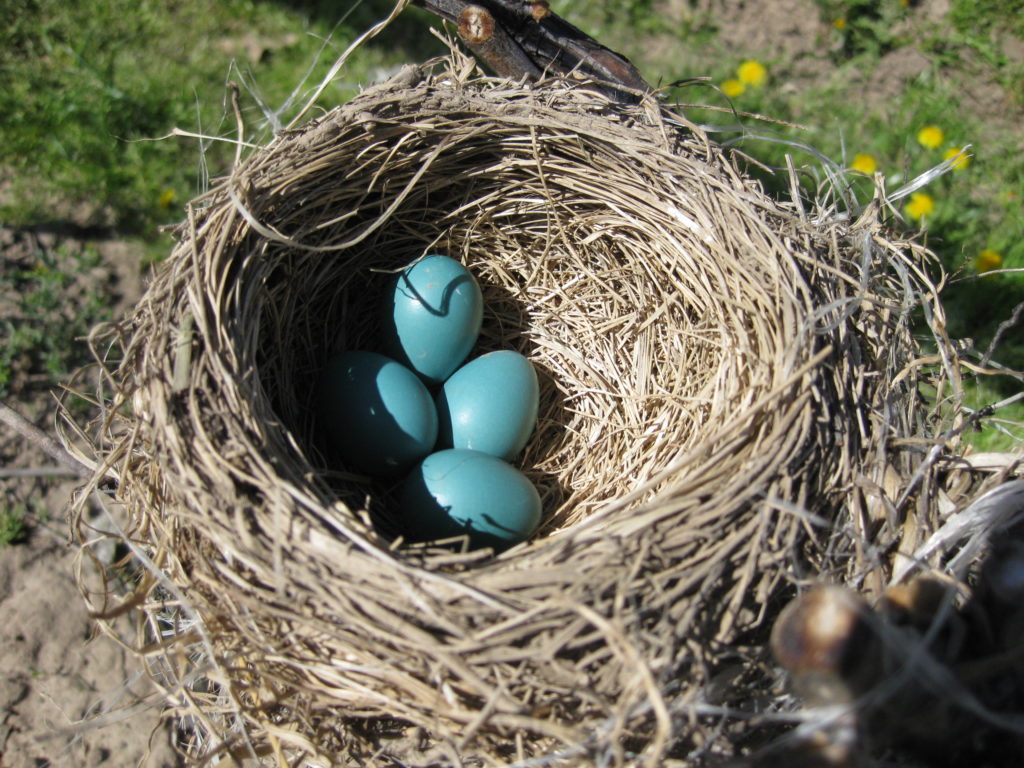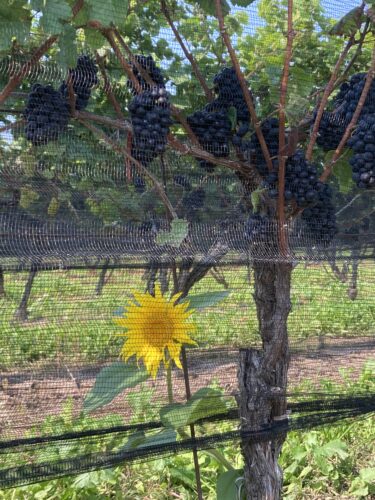
2022 Pinot Noir
I’m not sure how many people’s Mom’s taught them everything they know about growing Pinot Noir, but consider us a lucky few. Yes, one of the things that makes Five Rows unique is the passed down love of working in a vineyard. Nowhere is that more the case than in our old Pinot Noir block.
It is inspiring to read so many stories these days celebrating the critical role played by women in the development of our industry, and it makes me proud to know that my Mom has been doing her part for over 40 years. Early on, it didn’t take her long to realize that growing Pinot Noir would present a very different challenge to the hybrids and labruscas that she was accustomed to tending. Like many other vinifera converts at the time, my parents were forced to re-learn grape growing on the fly, her in the vines and he on the tractor. Thankfully, I got to observe them both as I grew in step with those first Pinot vines.
My sister and I were raised on the forefront of a changing industry. Everything that Ontario grape growers and wineries did in the 1980s was new and understandably questioned by the establishment. It is a much different experience for our kids 40 years later – the industry is established, respected and much larger. You might say they have it a little easier, but growing Pinot Noir is still as challenging as it ever has been and I can’t wait to pass that on…in a good way!
Although not as severe as seen in other varietals, the usually hardy old Pinot Noir vines were not spared the winterkill damage of 2022. This meant significantly lower yields and more attention paid to vine balance and nutrient status within the block throughout the vintage. Excellent summer growing conditions made for few issues in ripening that light crop, which was harvested on September 24th.
Normally, I would choose entire rows to harvest for our production, but the sporadic crop distribution necessitated a different approach. It was decided to use portions of many rows as opposed to whole rows, and for that reason the 2022 Five Rows Pinot is perhaps the most representative exploration of terroir over the entire Old Block we have made to date.
Tasting notes:
Good colour for Lowrey Vineyard Pinot Noir. Refreshingly intense, ripe red fruit component (wild strawberry, cherry). The subtle oak is mainly perceptible on the palate, showing harmonious integration. An underlying hint of terroir-defining truffle/mushroom supports the bright fruit. Pleasing tannins that do not overwhelm the palate, quite the opposite, inviting one to envision what the future might hold for this wine, this vineyard.

